| Large car; Built in Canada |
|
|
| Good condition price range: $1,000 – $1,400* |
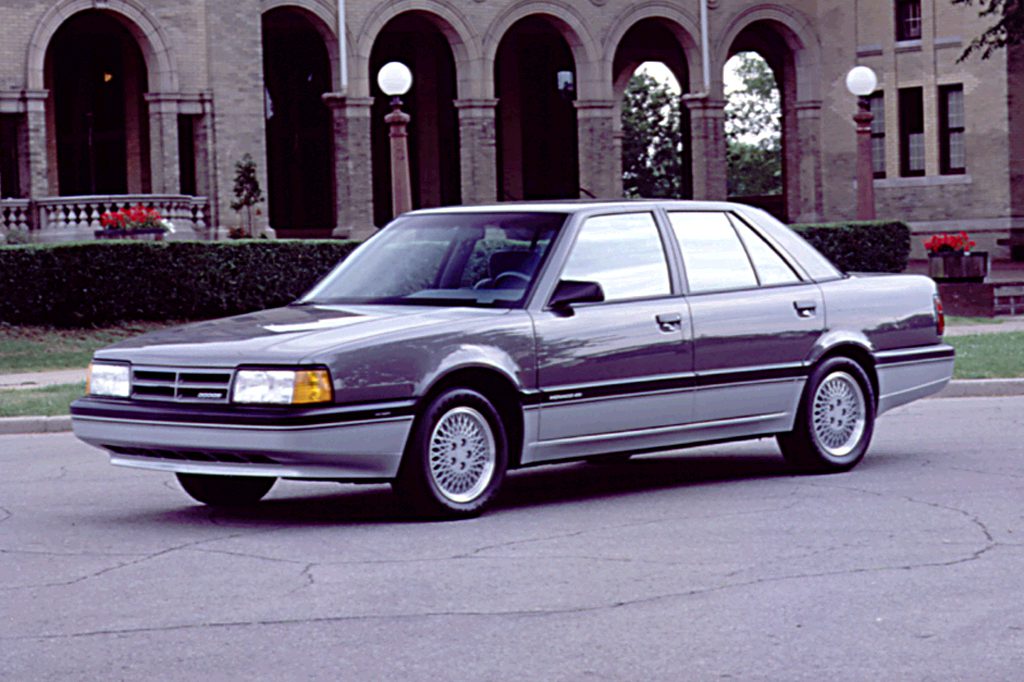
1990 Dodge Monaco
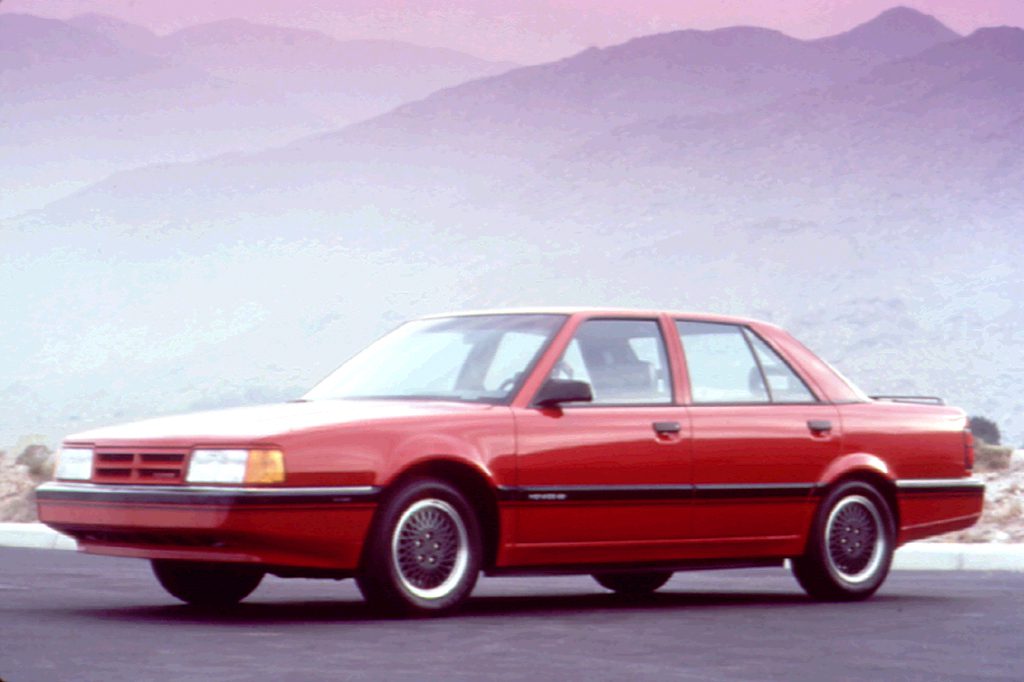
1991 Dodge Monaco ES
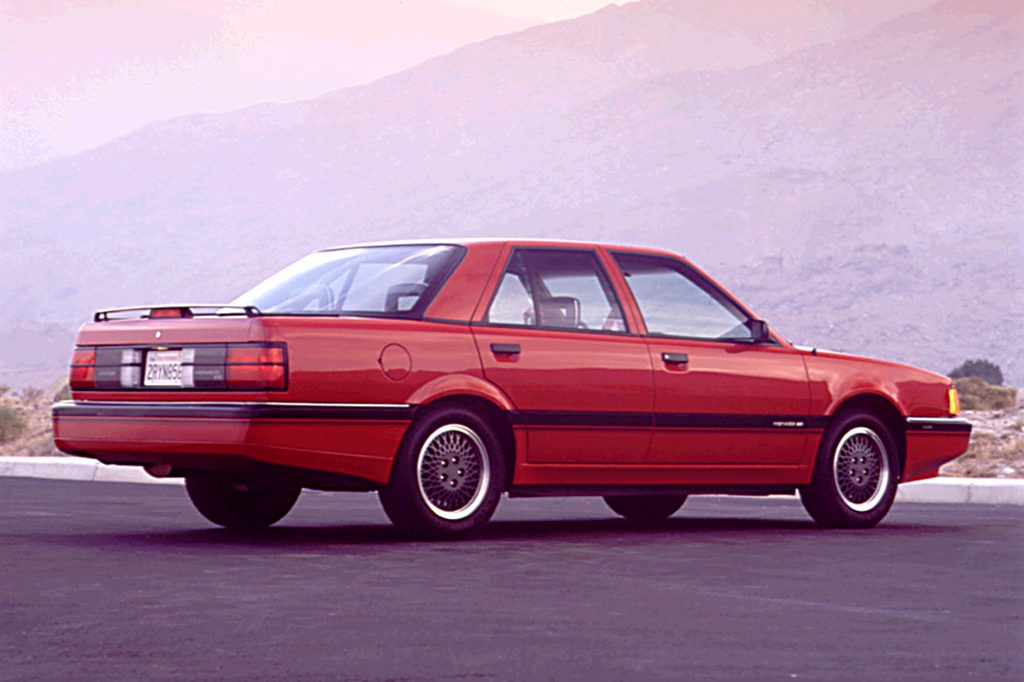
1991 Dodge Monaco ES
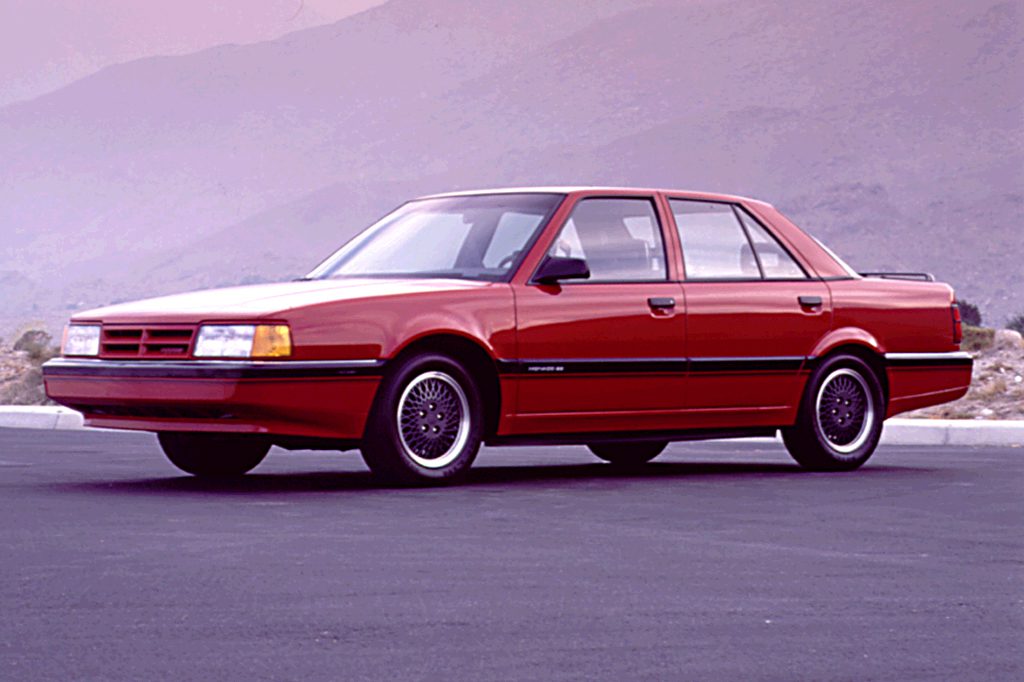
1991 Dodge Monaco ES
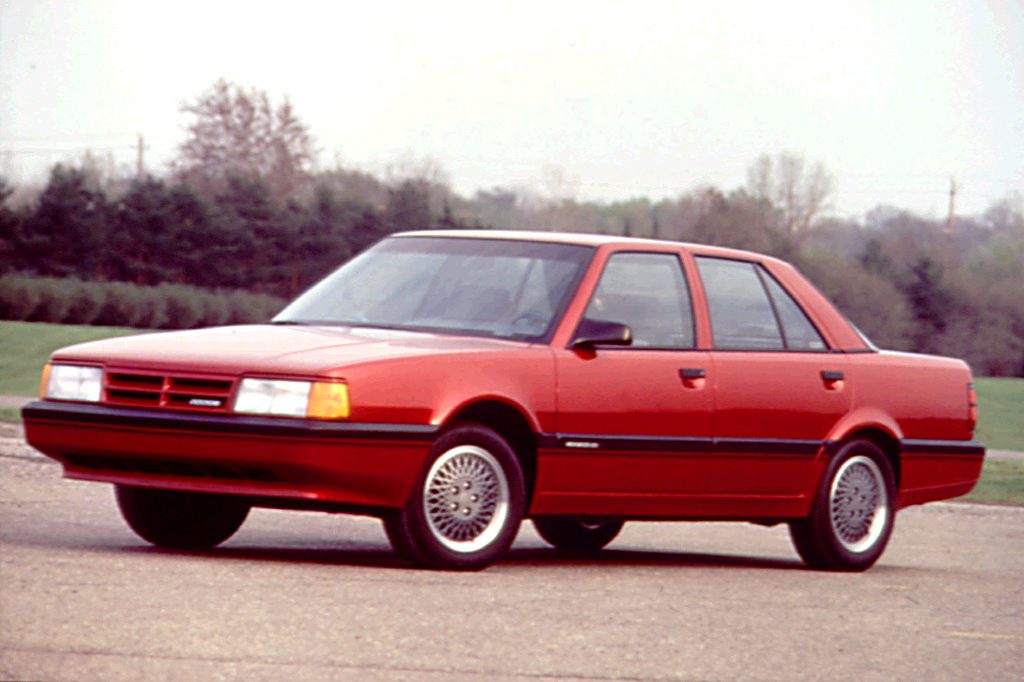
1992 Dodge Monaco ES
| Pros: |
|
| Cons: |
|
Never a strong seller, the Monaco, like its Premier sibling, blends distinctive Italian design with practical family travel. The ES, in particular, packed a lot of luxury items into its standard-equipment list.
Overview
In 1987, Jeep-Eagle dealers began to market a mid-size, front-drive 4-door sedan named the Eagle Premier. By 1990 Dodge offered an equivalent 5-passenger sedan called Monaco. Monacos differed only slightly from Premiers, with altered trim packages, new seats, and their own grille and taillamp treatments. Just one powertrain was available: a 3.0-liter V6 engine and 4-speed overdrive automatic transmission. Base LE and well-equipped ES models were offered. Both had reclining front bucket seats with a central console and floor-mounted gearshift lever. Antilock brakes were not available at first, and no airbag was installed.
Yearly Updates
| 1991 Monaco Antilock braking joined the option list during 1991, following the lead of the closely-related Eagle Premier. Otherwise, except for several new body colors, nothing was changed for the car’s second season on the market. |
| 1992 Monaco In its final season, nothing was new other than revised body colors. |
